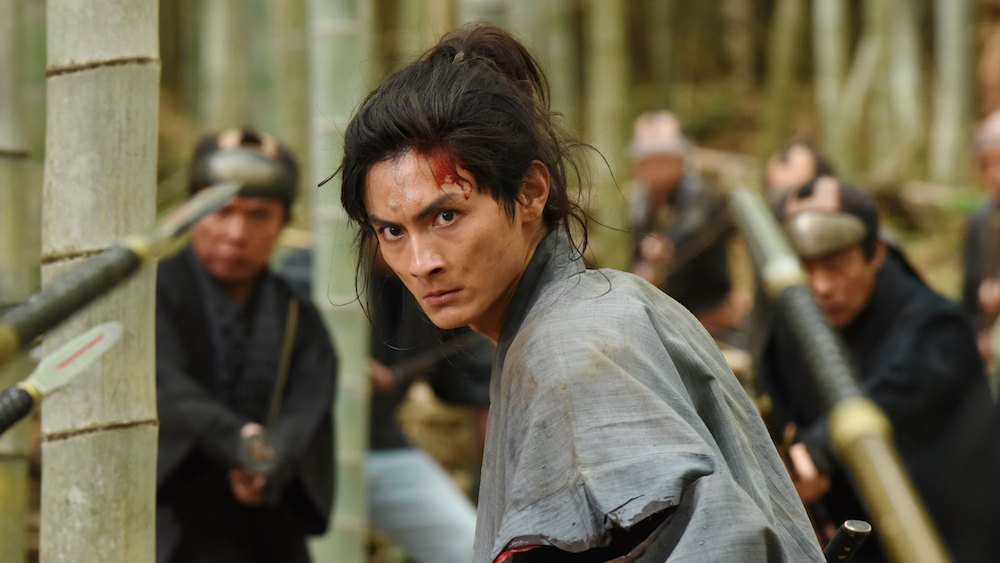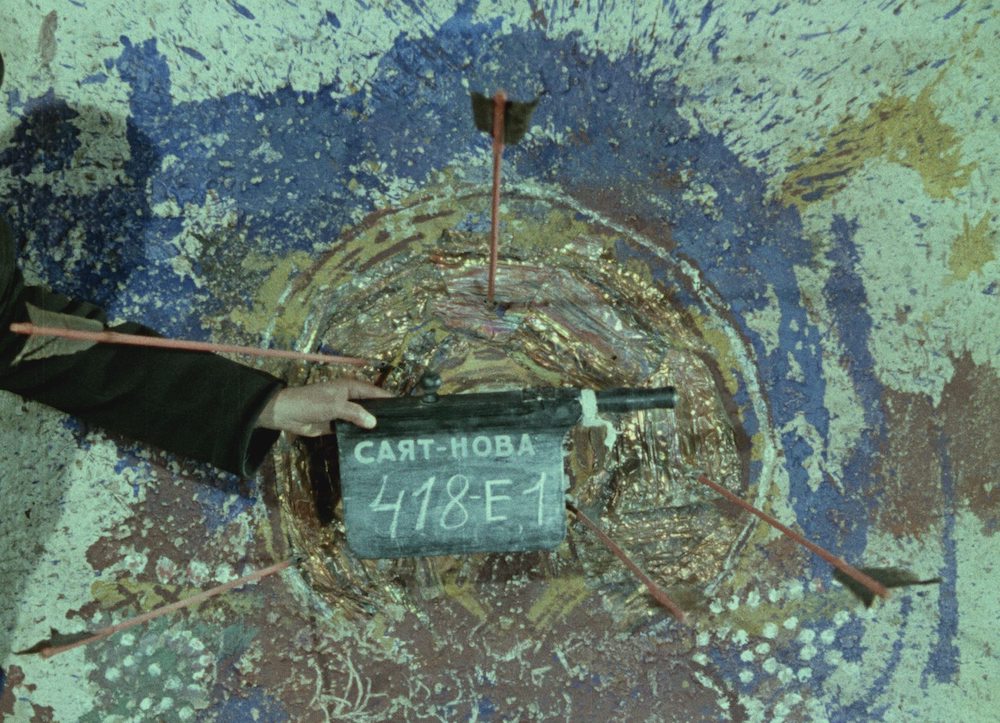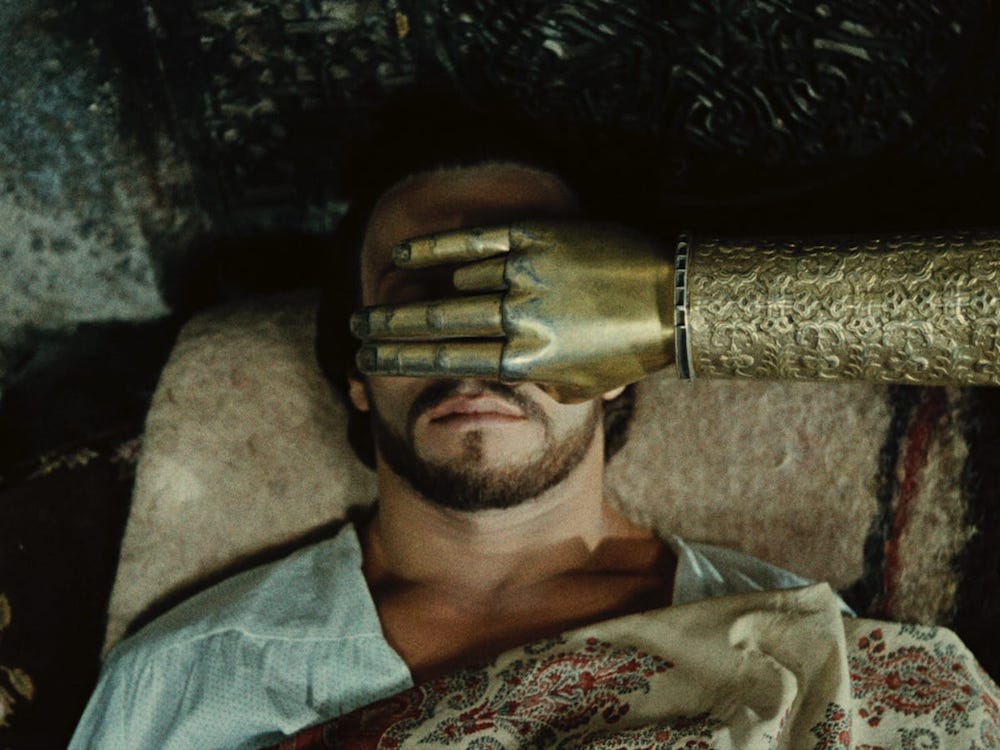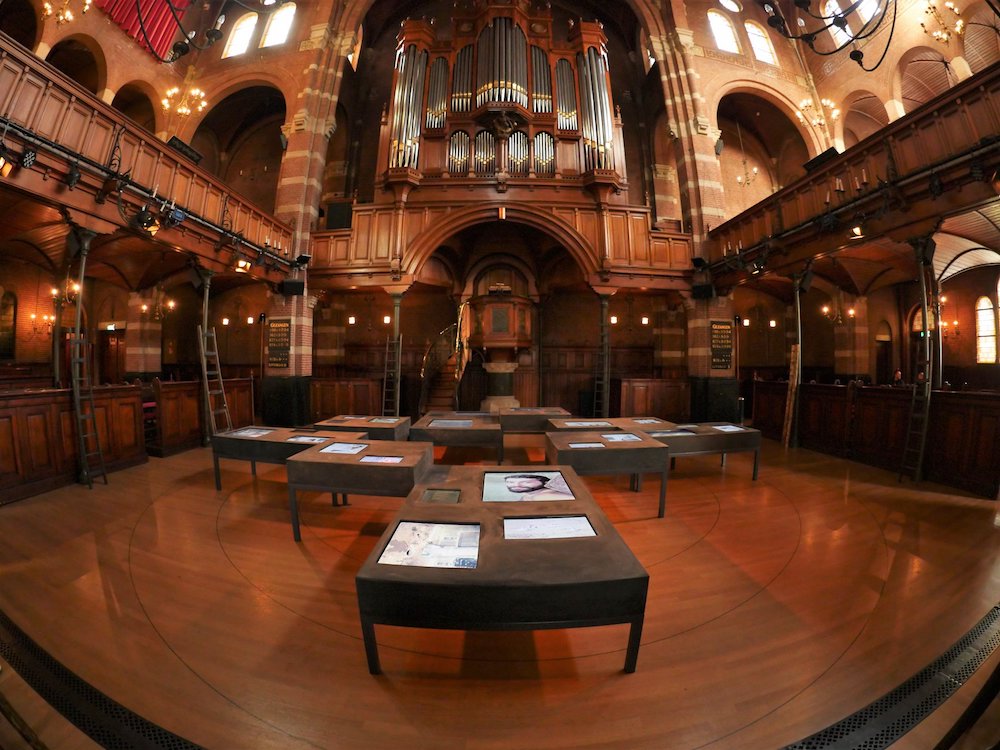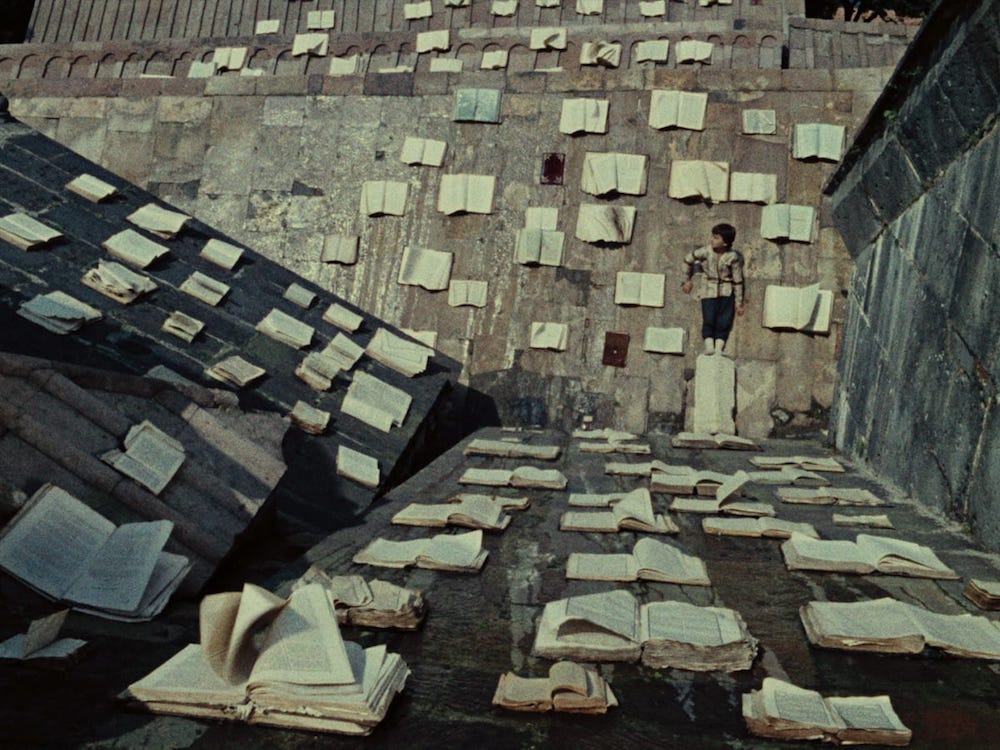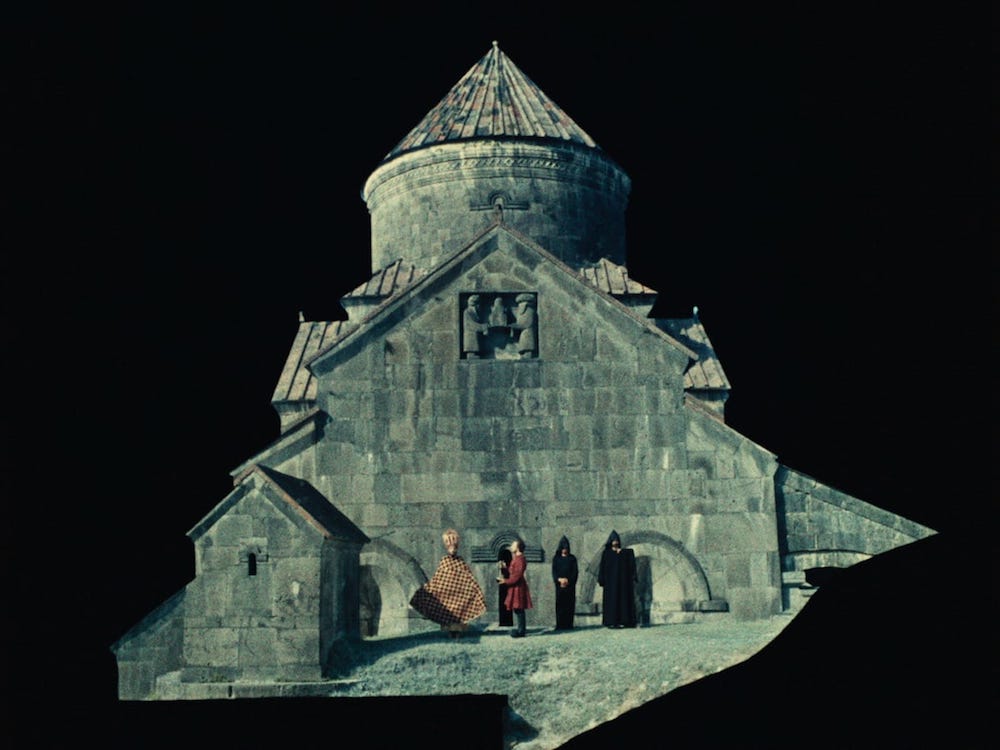Highlights from the 49th edition of the International Film Festival Rotterdam
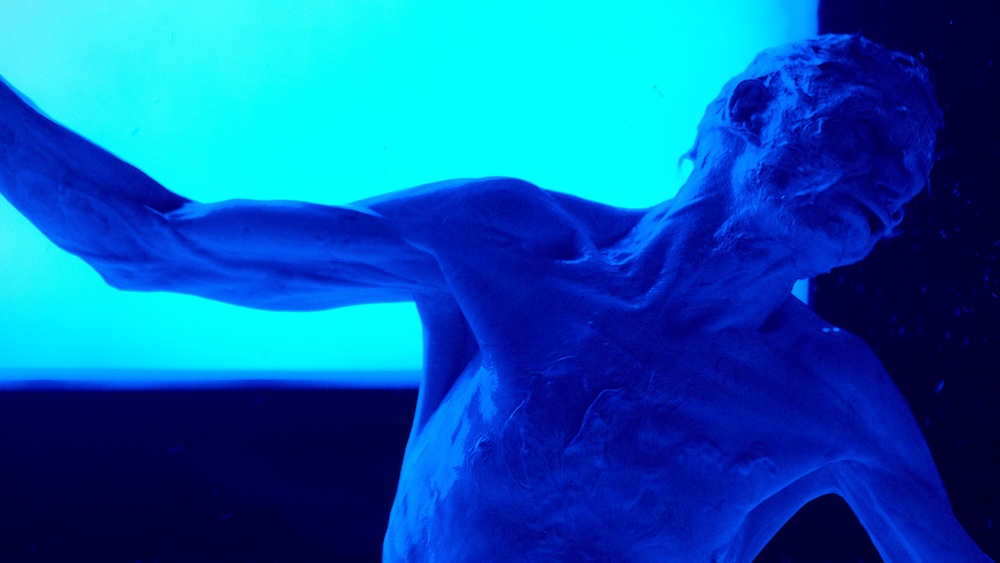
“We believe in the power of cinema to increase our understanding of society. We trust its potential to infuse positive social change. We collectively expand the creative space for film citizenship and celebrate the diverse forms of cinema.”
– IFFR
As the film industry once again finds itself mired in criticism of being pale, male and local, there is one event that continues to prove an exception to the exclusive rule – the International Film Festival Rotterdam (IFFR). At this year’s festival, 145 out of the 574 films were world premieres, with the wider industry represented by 89 different countries. Its inaugural showcase in 1972 infamously garnered seventeen visitors, but now, in its 49th year, it remains one of the best moments in the calendar to enjoy experimental, documentary, fiction, short or feature-length independent cinema from all reaches of the globe. Rotterdam itself is a microcosm for this multi- cultural and lingual showreel, with half of the city’s residents having non-Dutch origins (or at least one parent born outside the country), housing large communities from Suriname, Turkey, Morocco and the Caribbean. Cycling down its coffee shop lined streets, you get the feeling most residents would have no problem overcoming the 1-inch tall barrier of subtitles and dual ways of seeing. Art installations, performances, exhibitions and artists films also continue to make up a substantial part of the festival’s diverse offering, via its Art Directions programme. This element, according to IFFR director Bero Beyer, is to “shake up our expectations and transgress boundaries.”
Below, you’ll find some of my highlights from Art Directions and across the festival – from Taiwanese Virtual Reality to Afrofuturism from Baltimore.
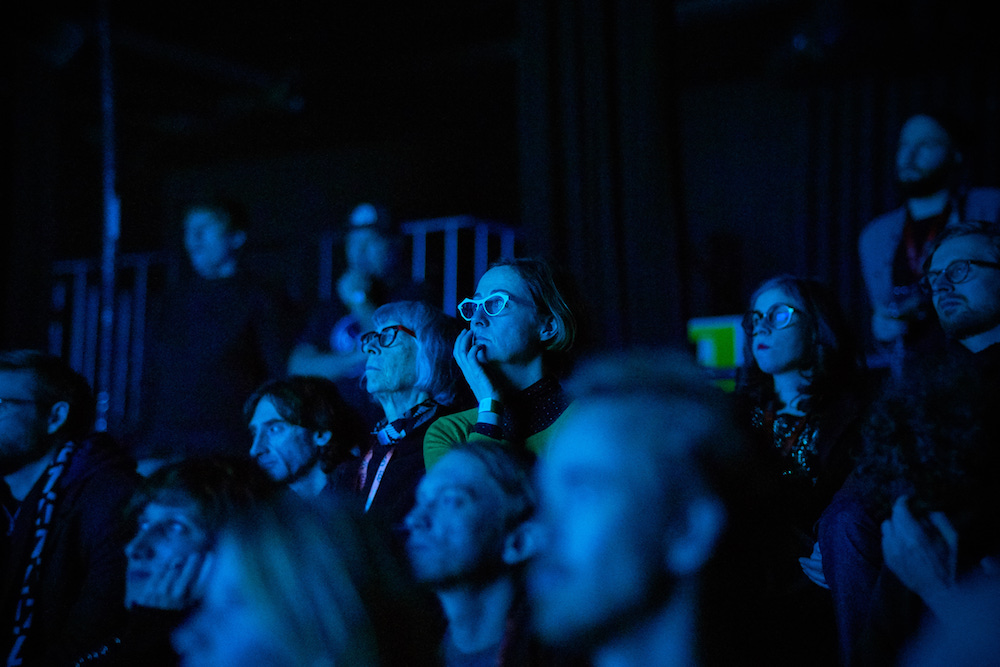
Beasts Clawing at Straws
Korea continues to create great cinema (Bong Joon-Ho incidentally attended this year and showed a black and white screening of his excellent film Parasite), and Kim Yonghoon’s Tarantino-esque multi narrative crime drama rightly deserves the special jury award from the festival. Bloody and brilliant, it coalesces all of its strands into a darkly comic game of cat and mouse in which characters are crossed and double-crossed, devoured and destroyed by their greed.
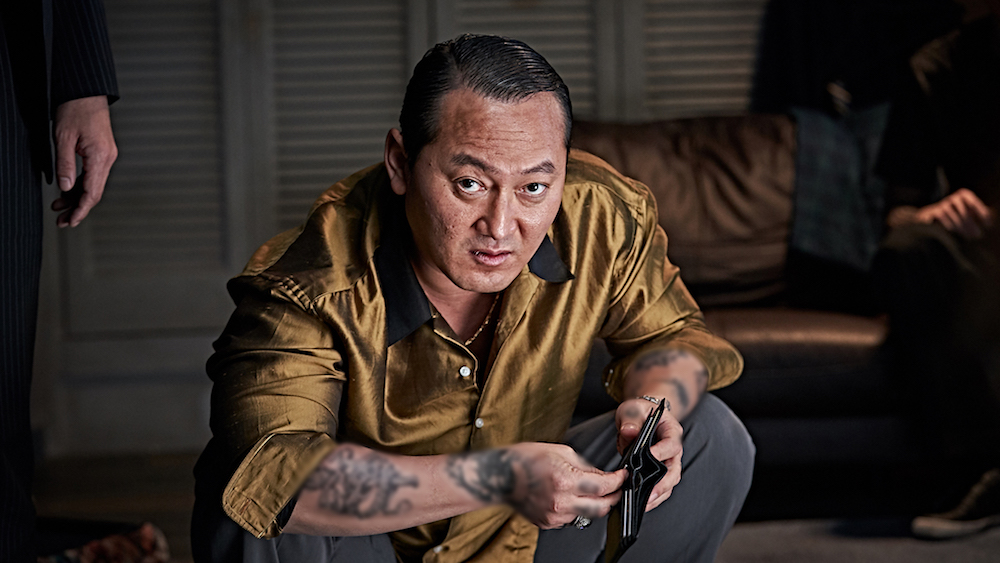
Sacred Beings
A number of countries in Asia have a long and rich history of non-binary expression through religious ritual and practice (transgender and intersex individuals were considered closer to God), at odds with the current, reductive debates around gender diversity and queer culture, which is arguably an ugly import of Western colonialism. This short and sweet installation attempts to “reimagine, reconcile, re-establish and reclaim these so-called gender deviations”, and a personal highlight was the documentary photography in Indonesia by academic Sharyn Davies.
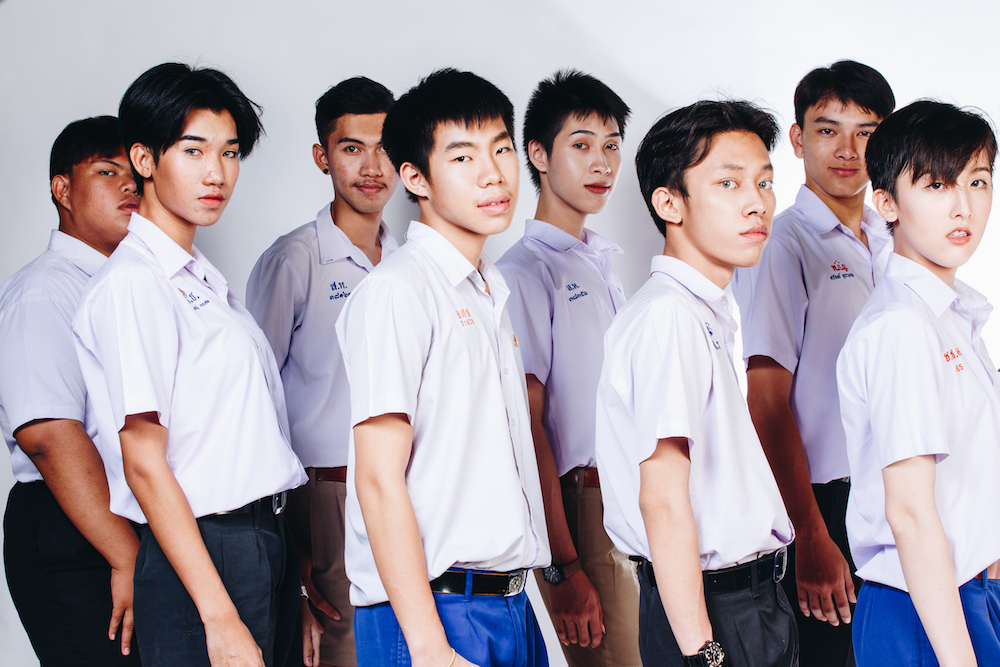
The Making of [5×1] & O [5×1] double bill
We are beginning to see VR as a viable art form and although are some way off from it reaching its full potential, both these VR shorts were incredible. The first, created by Midi Z, places you directly around a table of actors, arduously going over and over a scene due to an overbearing director. Swivelling around 360 degrees, you can take in the full production crew, which makes for a dizzying combination of naturalism and artifice, compounded by the medium and playfully altered further when the director is then given feedback on his own acting, a film within a film within a…you get the idea. At once intimate and destabilising, this could well be the future of filmmaking (as demonstrated by Mende’s recent computer game-like 1917) – with you at the very epicentre of the story, the action orbiting around you.
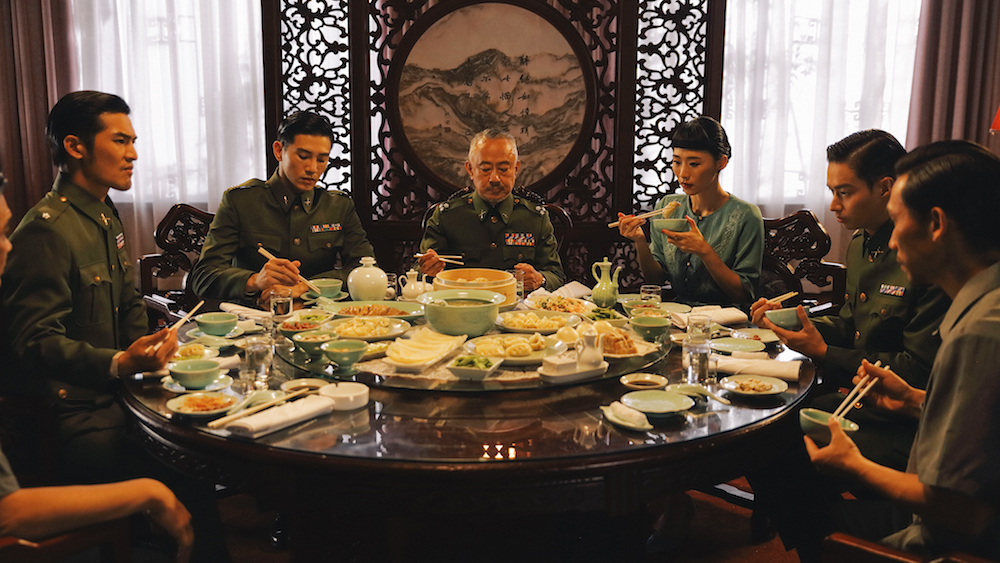
The second film that followed, directed by Qiu Yang, was a grotesque, intense movement piece by French performance artist Olivier de Sagazan. You find yourself in a vast warehouse filled with caged doves and in front of his stage, a milky body of water sits opposite a blinding 2001-like obelisk. A suited man then proceeds to break down – physically, mentally, running through birth and death and rebirth via his transformative materials of clay and paint and straw. Anyone familiar with the film Samsara or his now infamous clay performance art, in which he repeatedly layers and punctures and remodels his face like a palimpsest, will understand how unsettling it is. Least of all when he is grunting, shouting, writhing and undressing right in front of you. VR has yet to perfect the technology so that a piece longer than 10 minutes doesn’t make your head ring from nausea, nevertheless, it’s an incredibly emotive, dangerous and unsettling film, made all the more so by its immediacy.

G/D THYSELF: Spirit Strategy On Raising Free Black Children
An incredible spectacle from the American Ummah Chroma collective sees visitors don robes and enter a vast, sacred space. You are invited to explore, meditate, draw, smell sage and even rake the soft gravel within the Afrofuturist installation. It is a sensorial and poetic piece that explores the histories of Baltimore (poignantly Rotterdam’s sister city) and the power of black creativity and spirituality, perfectly at home within the impressive Het Nieuwe Instituut.
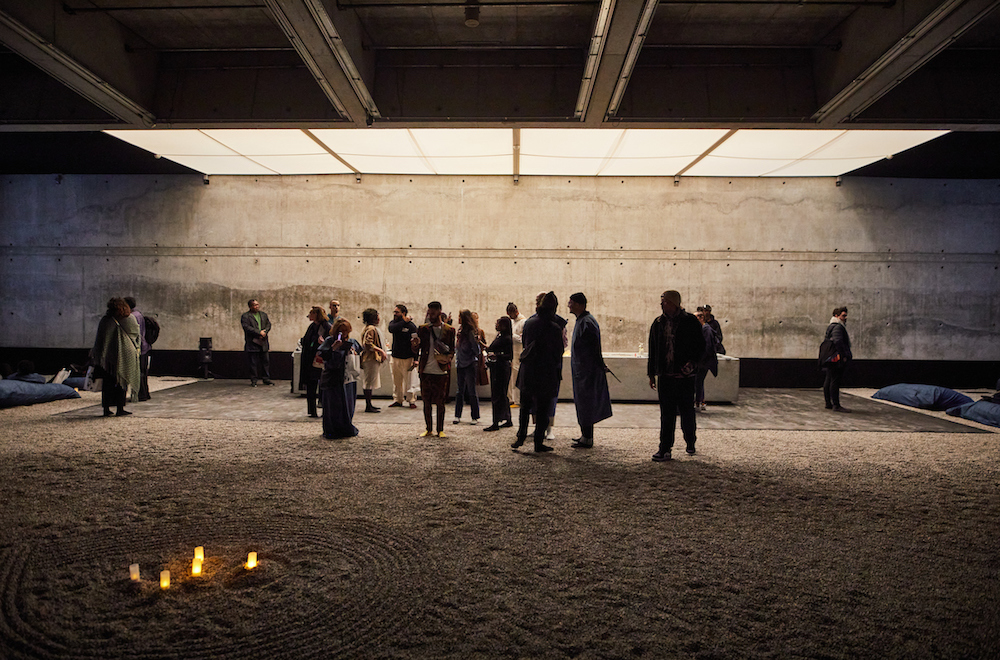
Uncut Gems
Do not see this film if you suffer from anxiety. I loaded up on a Kit Kat and some Haribo before the screening and by the end I thought I was going to have a heart attack. The Safdie brothers have produced a fantastic, frenetic film that mines the hardly-ever-used potential of Adam Sandler, finding the tragicomic balance that Paul Thomas Anderson demonstrated in Punch-Drunk Love. Sadler’s New York jeweller is a repulsive, compulsive gambler ricocheting from one terrible decision to the next and we are dragged along, watching between our fingers at his mounting debt. Wonderfully stressful, truly visceral viewing experience.
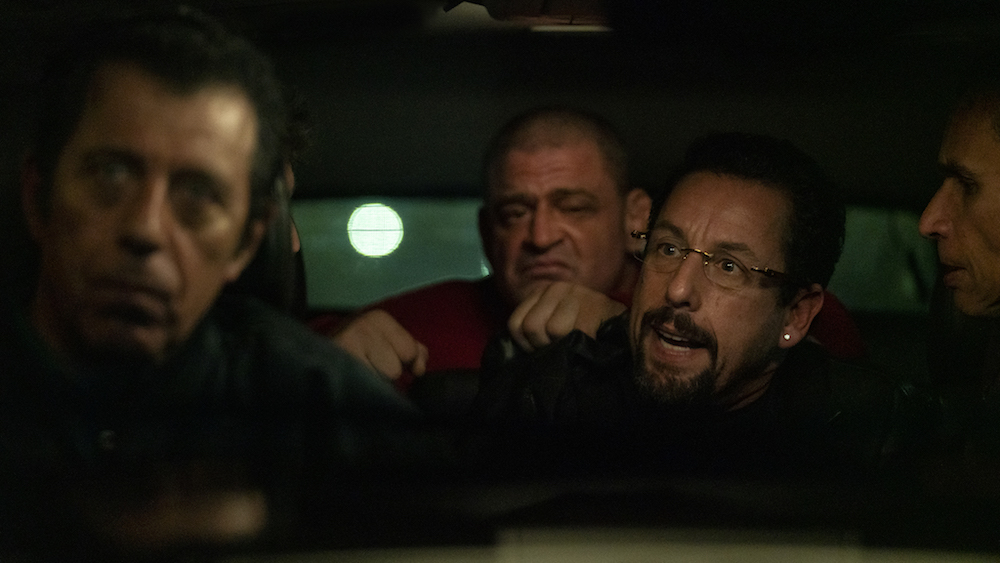
How to Overthrow the US Government (Legally)
Filmaker and professor Caveh Zahedi runs a how-to-make-a-web-series course that also probes how to bring about political change at the experimental The New School, New York. During the course, the students film the entire process and edit, together with Zahedi, the film itself. What follows is a hilariously raw and open exploration of the lesson’s – and their own – shortcomings. Starting as an exploration of macro politics and bureaucracy, the documentary turns inward as the importance of relationships, learning and connections between peers take centre stage, with the class almost doubling as therapy. A very clever, introspective experiment which showcased its honesty artfully.
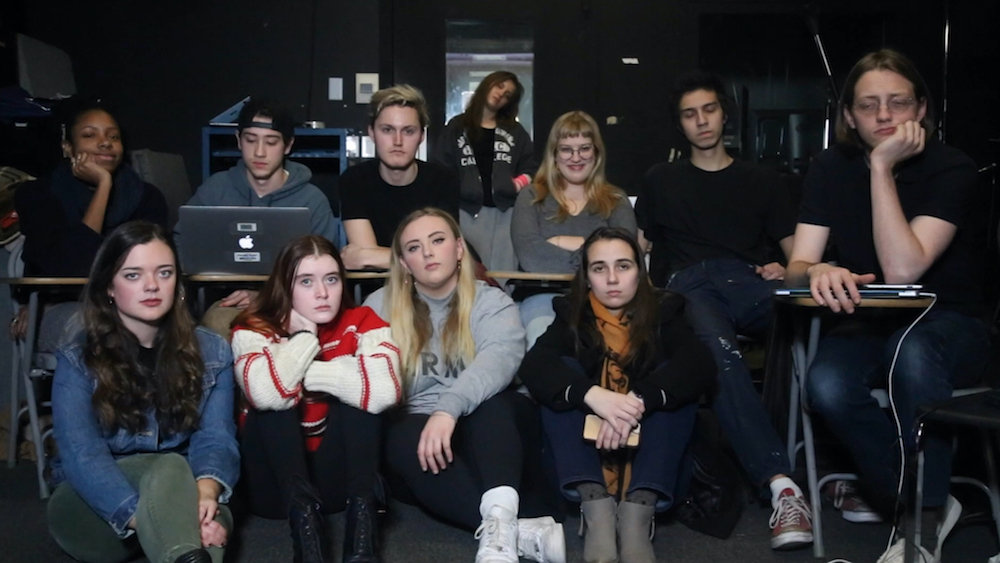
Robby Müller Polaroids
The beauty of Wim Wender’s films (Paris, Texas) as well as Jim Jarmusch’s (Down by Law), are in part thanks to the careful eye of the late Dutch cinematographer Robby Müller. Like the former director, he was an adept polaroid photographer, using them to capture local flora, landscapes and potential locations for films. This is a quiet, beautiful exhibition commemorating a rarely seen part of Müller’s work, a gentle reminder of his mastery of minimalism and natural light.
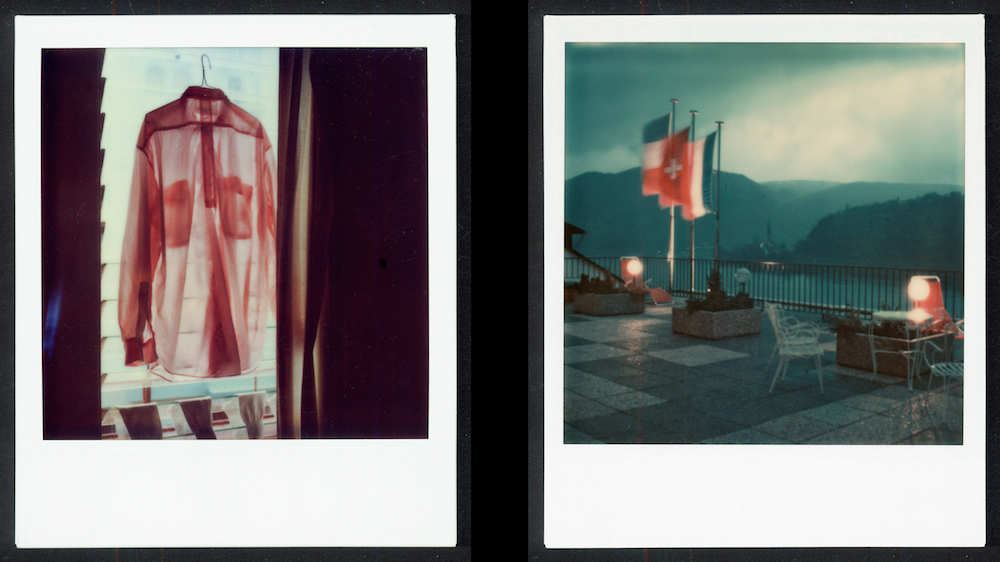
Love’s Twisting Path
Reportedly Nakajima Sadao’s final chambira (sword fighting film), this faithful genre story involves one drunk, sulking, pouting, disgraced Ronin rediscovering his honour and craft by hacking down a collection of bad guys and protecting the woman he (kind of) loves. Set against the tumultuous background of the end of Shogunate rule, the choreography, set and costume make this worth seeing alone.
